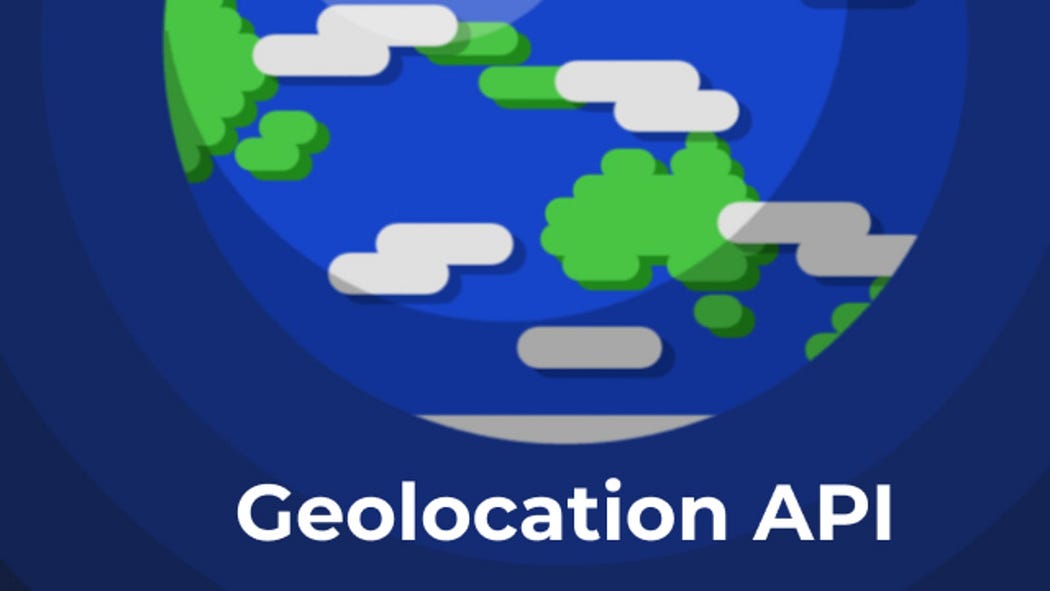What Is My IP API and What Are Its Uses?
 APILayer
APILayer If you’ve ever wondered what your IP address is, there’s an API for that. The What Is My IP API can be used to get your public IP address. You can then use this information to do things like view geographically restricted websites or verify that your VPN is working correctly. The API is pretty simple to use, and you can use it with curl in the terminal or with a language like Python: python -m SimpleHTTPServer 8888 & curl -I http://localhost:8888/ The output of the curl command will look like this: HTTP/1.1 200 OK Content-Type: text/html; charset=UTF-8 Content-Length: 35 <html><body> <h1>It looks like you are behind a proxy.

What is an IP address?
An IP address is a unique identifying number assigned to every device connected to the internet. Just as your home has a street address, your computer has a specific IP address that allows it to be found online. An API is an application programming interface — in this case, an IP API provides other software with the ability to access information about someone’s IP address. This can be used for everything from finding out where someone is located to determining whether or not they are using a proxy server. IP addresses can also be used to block access to certain websites based on where a person is trying to view them.
The two most common IP APIs are those provided by MaxMind (used in GeoIP) and those provided by Google (used in the Google Maps API). MaxMind IP Geolocation API MaxMind is a company that sells IP tracking and geolocation services to companies such as banks, credit card companies, and Internet service providers. MaxMind’s IP tracking software is used in a number of free and commercial websites, including WhoIsHostingThis.com and Abine’s DoNotTrackMe. MaxMind also provides public access to an IP geolocation API. MaxMind’s IP Geolocation API was the first IP geolocation API I ever used. It is the most popular and commonly used IP Geolocation API. The MaxMind IP Geolocation API is very easy to use. A developer simply submits the IP address to the API, and the API returns an XML file that contains the country, state, city, and zip code of the IP address, along with other information. The following is an example of the XML output from the MaxMind API: <?xml version=”1.0" encoding=” UTF-8"?
The What Is My IP API can be used to get your public IP address.
The What Is My IP API can be used to get your public IP address. This can be useful if you need to know what your current IP address is, or if you need to troubleshoot internet connectivity issues. The API is easy to use and well-documented. Overview The What Is My IP API is extremely simple to use. Simply send a GET request to the endpoint.
A successful request will return an HTTP 200 status code and the response body will contain the IP address of the device making the request. Parameters The only required parameter for this API is IP. The IP parameter is a required string that should be set to the IP address of the device you want to discover your public IP address. The IP parameter must be a valid IPv4 address. Example Request curl -X GET “https://mary.whatismyip.com/api/?IP=198.51.100.1" Example Response HTTP 200 The response will return an HTTP 200 status code and the response body will contain the public IP address of the device making the request.
You can use this information to do things like view geographically restricted websites or verify that your VPN is working correctly.
If you’re not familiar with IP addresses, don’t worry — we’ll explain what they are and why the What Is My IP API is so useful. An IP address is a unique numerical identifier assigned to each device that connects to the internet. Just like your home has a street address, your device has an IP address that allows it to be found by other devices. The What Is My IP API tells you what your current public-facing IP address is. This can be useful for a number of reasons. The most common use case is to access remote servers or web services hosted on the internet. So say you want to stream movies from Netflix. To do that, you need to know your IP address so that Netflix can send its video stream to the right place. Another popular use case is for diagnosing or troubleshooting network issues. There are a number of ways to determine your IP address in PHP. For example, you could use phpinfo() to display the value of $_SERVER[‘REMOTE_ADDR’] or check the value of $_SERVER[‘HTTP_X_FORWARDED_FOR’].
Well, you can’t do that from your home network — but you can use the What Is My IP API to check your public IP address and compare it with your home IP address. This will tell you whether you are currently connected to a VPN or not and whether there are any geo-blocks in place. This gives you the ability to stream Netflix or access other services that may be restricted to specific countries. But there are a number of other interesting uses of the What Is My IP API too.
For example, it can help you determine whether your internet is being throttled by your ISP. It can also be used to determine whether you’re behind a firewall and can help you locate a specific IP address. So that’s a quick overview of the What Is My IP API. We’re going to dive into the details of each of these to learn how you can use them in your own applications.
Subscribe to my newsletter
Read articles from APILayer directly inside your inbox. Subscribe to the newsletter, and don't miss out.
Written by

APILayer
APILayer
About APILayer APILayer is a highly curated API marketplace with a focus on reliability, scalability, and quality. It allows API developers to monetize their APIs while letting others build the next big thing easier, all with a single API key and SDK. APILayer Marketplace APILayer is an API market leader with over 15 years of experience in developing and releasing secure APIs. In addition to providing access to high quality proprietary APIs, the APILayer marketplace also enables developers to market and monetize their own APIs. The APILayer API marketplace aims to make data and service APIs easy to implement and accessible to everyone. Access to data and service APIs enables developers at all levels to build scalable applications and implement API functionality in as little as 10 minutes. The company’s marketplace offers both free and paid solutions in categories such as Natural and Technical Language Processing, Machine Learning, and Security.